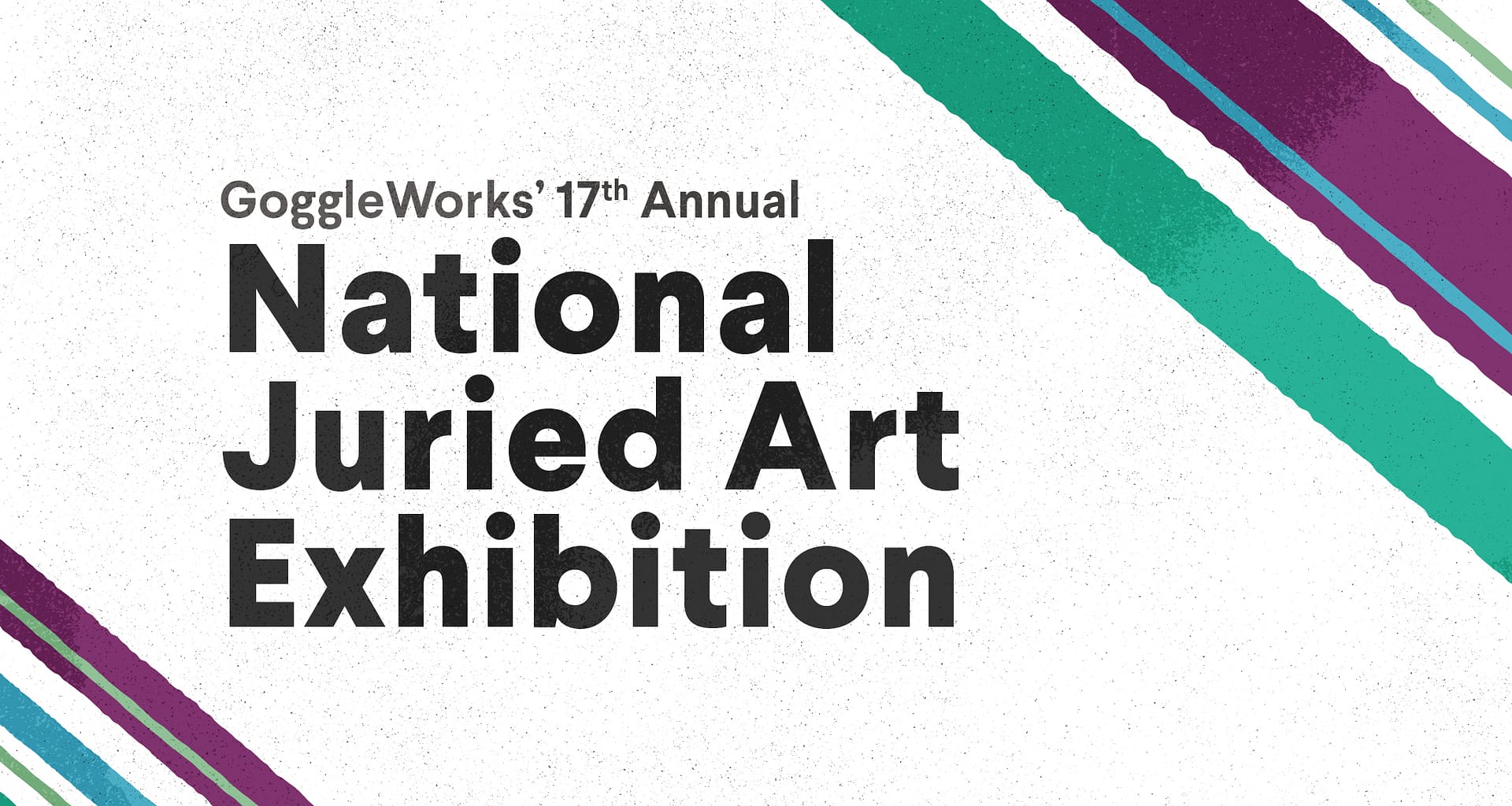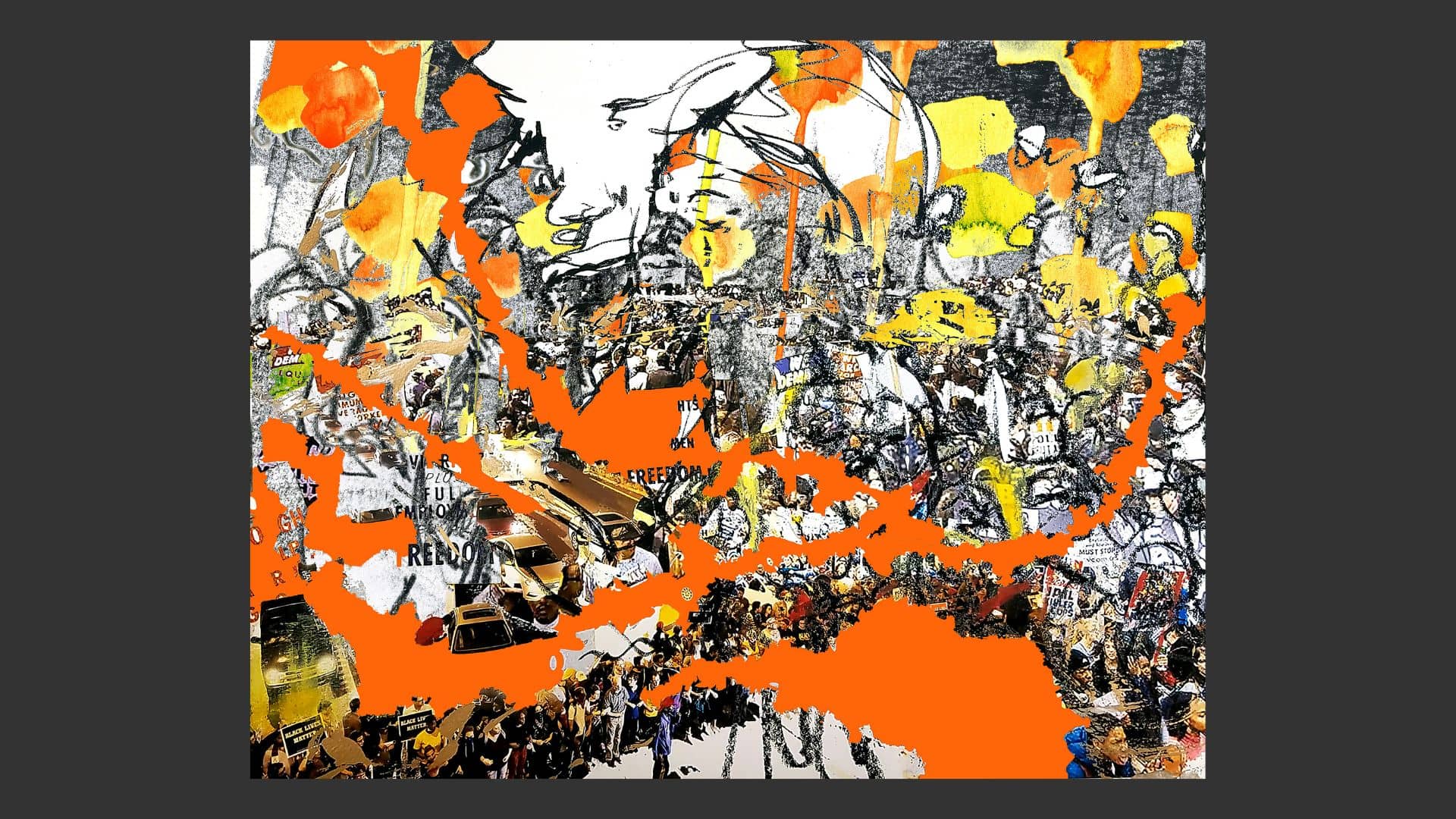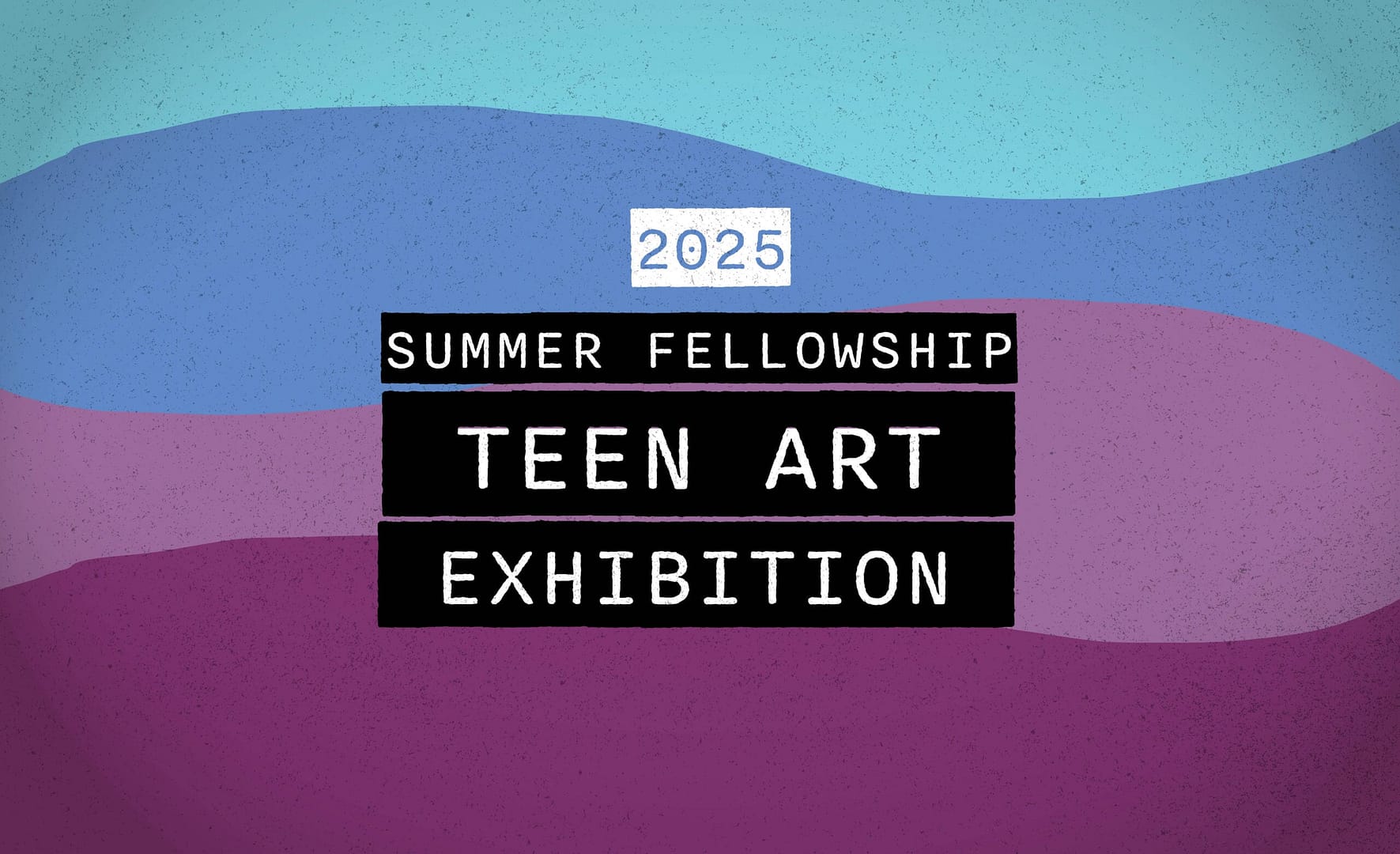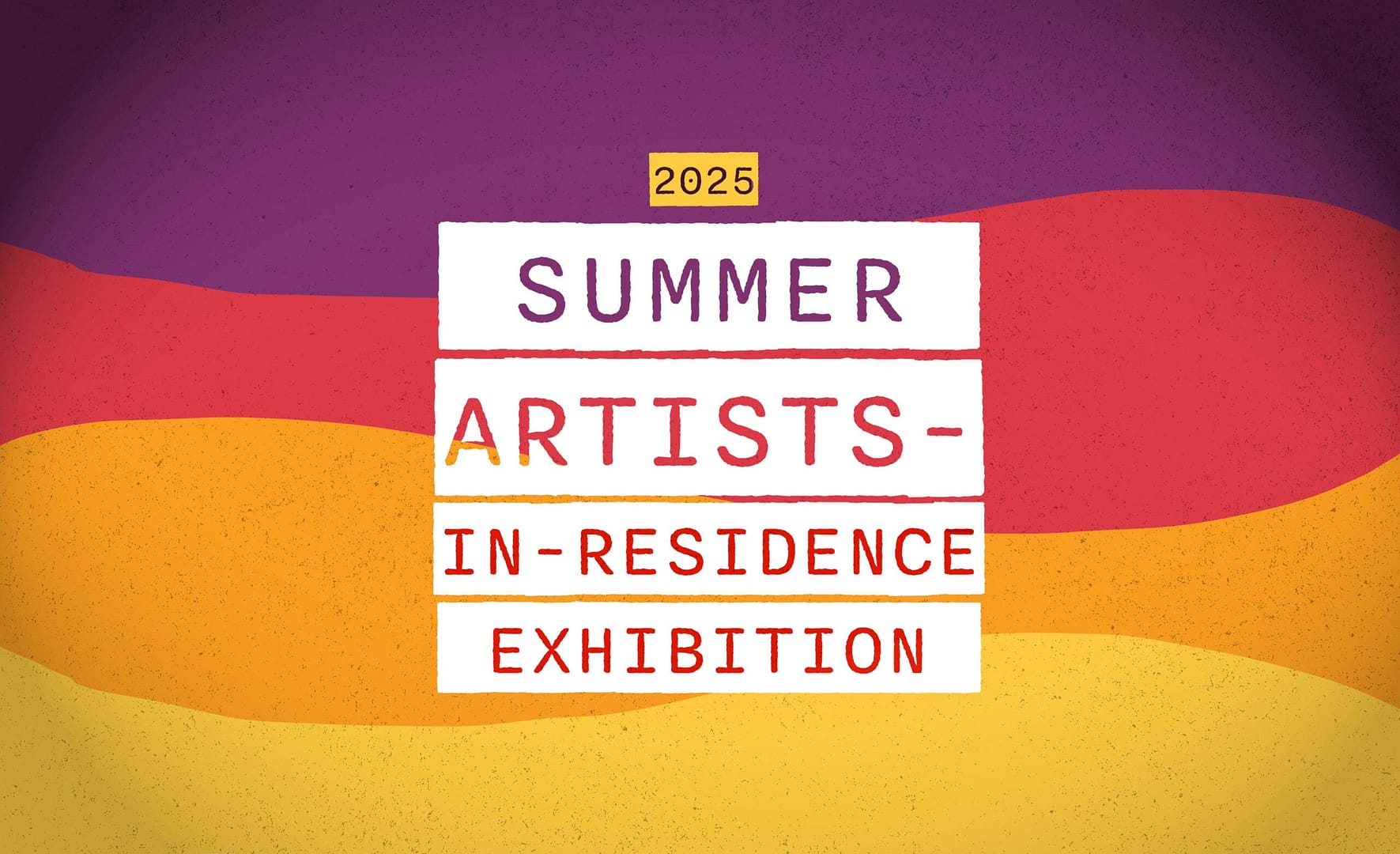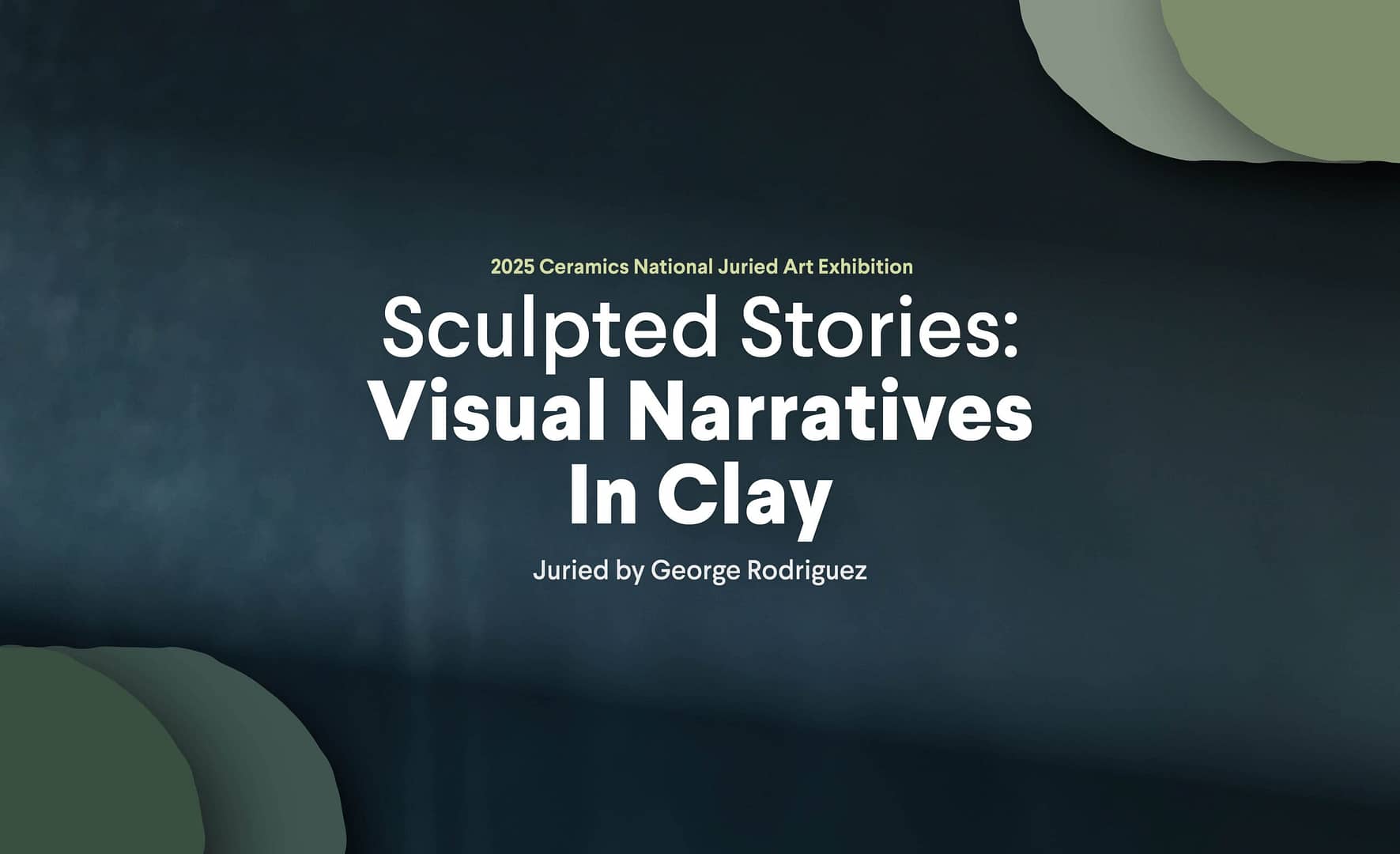Your cart is currently empty!
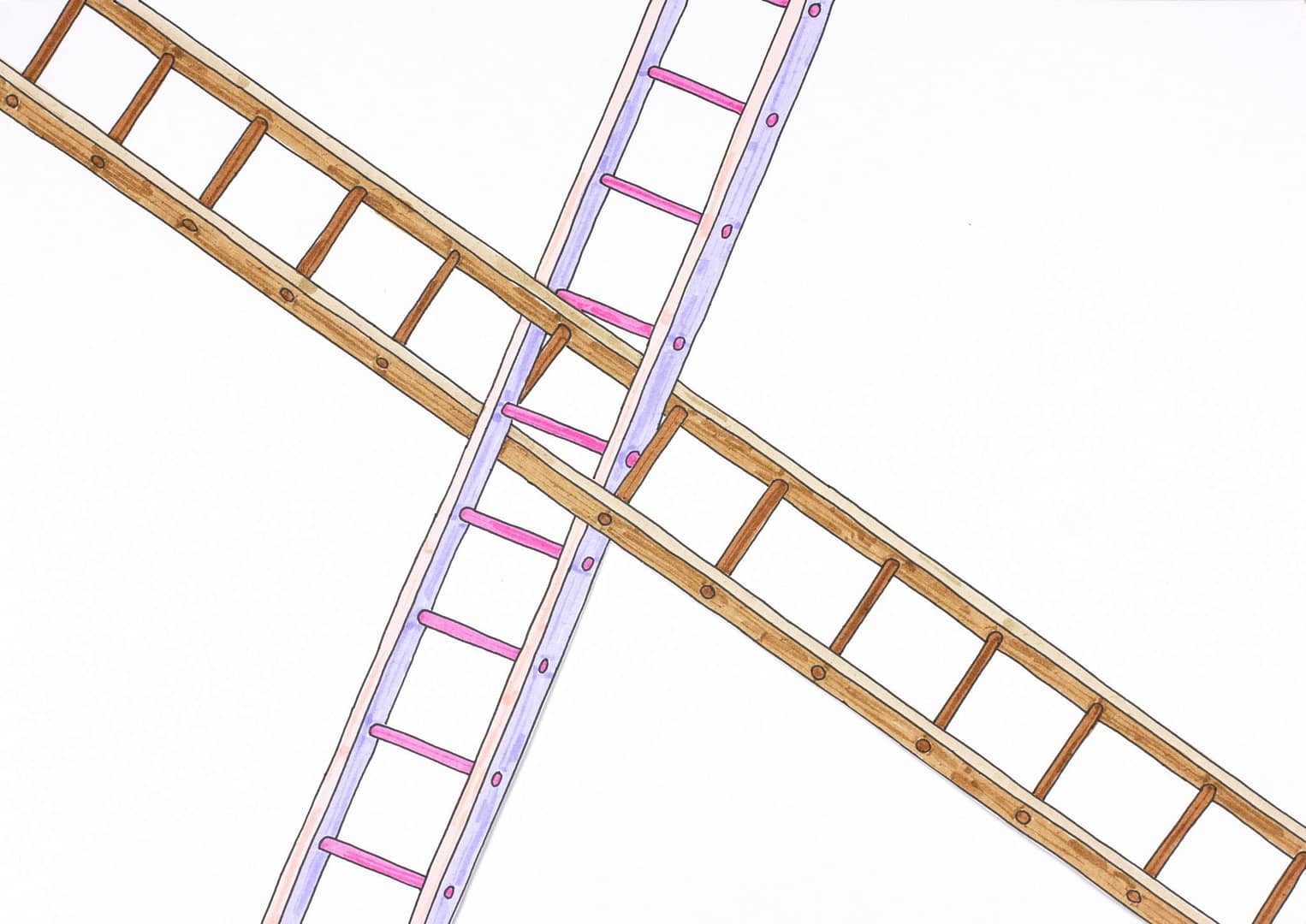
Gravity and Other Fistfights
The embarrassment of falling off an unbalanced ladder. Ear drums blasted out by the absurd artillery of a Civil War reenactment. Feelings of fascination and fear as you watch your mom stitch your sliced open hand at the kitchen table. The tugging thread pulling a fresh wound back together, sensing the twin piercing prick of the needle as it enters one side and then exits the other as it reunites the rift in the whole.
Classical Greek medicine taught that there are four stages of a disease: onset, advancement, crisis, and resolution. The Greek word for crisis is krisis, meaning decision. The crisis stage of a disease indicates the point in the illness where either the patient recovers or dies. In a less dramatic way, I try to perpetually keep my artistic practice in this state of crisis, of always being on the cusp of failure or success. Medicine is a series of decisions that affect a physical body; I see this as an analogy for art-making. I have mainly focused on medical history from the American Civil War as well as traditional Indian Unani medicine. I am drawn to 1860’s America since it lies on the cusp of Modern medicine/society as well as due to the unresolved crisis of the Civil War. In Indian tradition, Unani is a contemporarily utilized medical practice drawn from Classical Greek culture that migrated to the subcontinent where it has developed and been continually practiced for over a thousand years, providing many with a cost effective, accessible, and democratic health care system. Together the two provide me points of entry to make work about the ways we attempt to rebuild ourselves individually and culturally when we are confronted with injury and loss.
My current trajectory of artwork emerged from researching historical prosthetics after the 2015 Baltimore Uprising following the killing of Freddie Gray, and concurrent national debate on the removal of Confederate monuments. Seeing the City’s upwelling of grief after Freddie’s death – and many American communities’ stalwart inability to understand the Confederacy as a racist rebellion – exposed to me the wounds still unhealed predating the Civil War. I began researching Civil War medical photography and these images of veteran’s amputations and bodily repair emerged as a metaphor of the difficulty to resolve the crisis stage of disease in the American cultural body.
Sculpture is a scuffle with gravity. Something like the dull hollow thud of the apple hitting Isaac Newton’s head. The duality of fragility and resilience of the body is mirrored in my pushing materials to their physical limits. Unfinished wood, chipped plaster, and rusted steel become the broken history we have inherited. Stainless steel, titanium, fiberglass, and foam suggest the failure of our contemporary attempts at mending our fractured social structures. Paralleling the body with objects, I see the physicality of sculpture as a way to create moments of crisis, where the resolution following can develop solidarity and compassion through conversation and dialogue.
